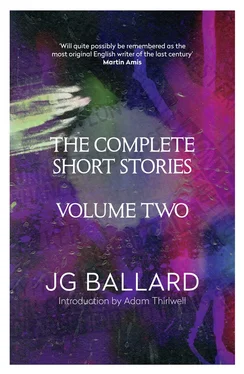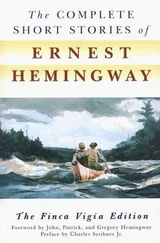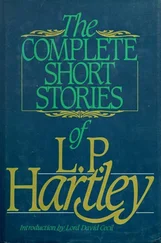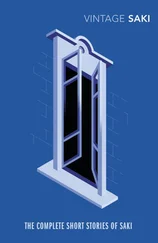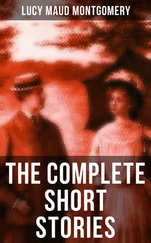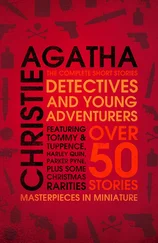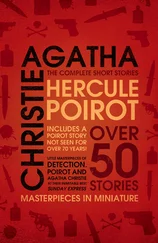
Fourth Estate
An imprint of HarperCollins Publishers Ltd
77–85 Fulham Palace Road
London W6 8JB
4thestate.co.uk
This edition published by Fourth Estate in 2014
First published in Great Britain by Flamingo in 2001
This collection copyright © J. G. Ballard 2001
Most of the stories in this book previously appeared in the following collections:
The Terminal Beach © J. G. Ballard 1964; The Disaster Area © J. G. Ballard 1967; The Day of Forever © J. G. Ballard 1967; The Atrocity Exhibition © J. G. Ballard 1969; Vermilion Sands © J. G. Ballard 1971; Low-Flying Aircraft © J. G. Ballard 1976; The Venus Hunters © J. G. Ballard 1980; Myths of the Near Future © J. G. Ballard 1982; War Fever © J. G. Ballard 1990
The following stories have not previously appeared in a collection of J. G. Ballard’s stories:
‘The Recognition’ © J. G. Ballard 1967; ‘A Guide to Virtual Death’ © J. G. Ballard 1992; ‘The Message from Mars’ © J. G. Ballard 1992; ‘Report from an Obscure Planet’ © J. G. Ballard 1992
The right of J. G. Ballard to be identified as the author of this work has been asserted by him in accordance with the Copyright, Design and Patents Act 1988.
Introduction © Adam Thirlwell 2014
Interview © Travis Elborough 2004
A catalogue record for this book is available from the British Library.
This novel is entirely a work of fiction. The names, characters and incidents portrayed in it are the work of the author’s imagination. Any resemblance to actual persons, living or dead, events or localities is entirely coincidental.
All rights reserved under International and Pan-American Copyright Conventions. By payment of the required fees, you have been granted the non-exclusive, non-transferable right to access and read the text of this e-book on-screen. No part of this text may be reproduced, transmitted, down-loaded, decompiled, reverse engineered, or stored in or introduced into any information storage and retrieval system, in any form or by any means, whether electronic or mechanical, now known or hereinafter invented, without the express written permission of HarperCollins.
Cover by Stanley Donwood
Ebook Edition © APRIL 2014 ISBN: 9780007513611
Version: 2014-08-28
Cover
Title Page
Copyright
Author’s Note
Introduction by Adam Thirlwell
Prisoner of the Coral Deep
The Lost Leonardo
The Terminal Beach
The Illuminated Man
The Delta at Sunset
The Drowned Giant
The Gioconda of the Twilight Noon
The Volcano Dances
The Beach Murders
The Day of Forever
The Impossible Man
Storm-Bird, Storm-Dreamer
Tomorrow is a Million Years
The Assassination of John Fitzgerald Kennedy Considered as a Downhill Motor Race
Cry Hope, Cry Fury!
The Recognition
The Cloud-Sculptors of Coral D
Why I Want to Fuck Ronald Reagan
The Dead Astronaut
The Comsat Angels
The Killing Ground
A Place and a Time to Die
Say Goodbye to the Wind
The Greatest Television Show on Earth
My Dream of Flying to Wake Island
The Air Disaster
Low-Flying Aircraft
The Life and Death of God
Notes Towards a Mental Breakdown
The 60 Minute Zoom
The Smile
The Dead Time
The Index
The Intensive Care Unit
Theatre of War
Having a Wonderful Time
One Afternoon at Utah Beach
Zodiac 2000
Motel Architecture
A Host of Furious Fancies
News from the Sun
Memories of the Space Age
Myths of the Near Future
Report on an Unidentified Space Station
The Object of the Attack
Answers to a Questionnaire
The Man Who Walked on the Moon
The Secret History of World War 3
Love in a Colder Climate
The Enormous Space
The Largest Theme Park in the World
War Fever
Dream Cargoes
A Guide to Virtual Death
The Message from Mars
Report from an Obscure Planet
Interview with J. G. Ballard
About the Author
By the Same Author
About the Publisher
Short stories are the loose change in the treasury of fiction, easily ignored beside the wealth of novels available, an over-valued currency that often turns out to be counterfeit. At its best, in Borges, Ray Bradbury and Edgar Allan Poe, the short story is coined from precious metal, a glint of gold that will glow for ever in the deep purse of your imagination.
Short stories have always been important to me. I like their snapshot quality, their ability to focus intensely on a single subject. They’re also a useful way of trying out the ideas later developed at novel length. Almost all my novels were first hinted at in short stories, and readers of The Crystal World, Crash and Empire of the Sun will find their seeds germinating somewhere in this collection.
When I started writing, fifty years ago, short stories were immensely popular with readers, and some newspapers printed a new short story every day. Sadly, I think that people at present have lost the knack of reading short stories, a response perhaps to the baggy and long-winded narratives of television serials. Young writers, myself included, have always seen their first novels as a kind of virility test, but so many novels published today would have been better if they had been recast as short stories. Curiously, there are many perfect short stories, but no perfect novels.
The short story still survives, especially in science fiction, which makes the most of its closeness to the folk tale and the parable. Many of the stories in this collection were first published in science fiction magazines, though readers at the time loudly complained that they weren’t science fiction at all.
But I was interested in the real future that I could see approaching, and less in the invented future that science fiction preferred. The future, needless to say, is a dangerous area to enter, heavily mined and with a tendency to turn and bite your ankles as you stride forward. A correspondent recently pointed out to me that the poetry-writing computers in Vermilion Sands are powered by valves. And why don’t all those sleek people living in the future have PCs and pagers?
I could only reply that Vermilion Sands isn’t set in the future at all, but in a kind of visionary present – a description that fits the stories in this book and almost everything else I have written. But oh for a steam-powered computer and a wind-driven television set. Now, there’s an idea for a short story …
J.G. Ballard, 2001
Introduction BY ADAM THIRLWELL
1
There is no single way of talking about the collected stories of J. G. Ballard. They are so various that no one reading will contain them. When talking about this giant oeuvre, it’s better to borrow terms from geology, and other sciences of natural phenomena; better to talk of strata, or of eras.
And a preliminary summary of these epochs in one paragraph might go something like this …
First there is the era of what might be called, for useful shorthand, science fiction: where the nature of Nature has undergone sinister changes, and become strangely technological. In these stories, many of which take place in a warped version of Palm Springs, the reader will find sonic sculptures, and singing flowers, among other curiosities. In the second era, the modulations Ballard enjoyed performing on the natural world became grander: now these modulations affected the deep conditions of being: his material became time and space. In the third era, his imagination became more and more apocalyptic, replete with visions of environmental disaster. And all these eras were ones of dense and hectic composition – the 750 pages of this complete edition’s first half move only from 1956 to 1964. Its second half, of equal length, takes in the greater time span of 1964 to 1992. And it was somewhere in the late 1960s that a new and final era emerged: where the cosmic alterations now took place in an atmosphere of late modernity – computerised finance, terror, dictator politics, and flat pornography. It was this landscape that formed the last and longest era of Ballard’s stories – a shiny, dilapidated vista of motels, space voyages, assassination attempts.
Читать дальше
